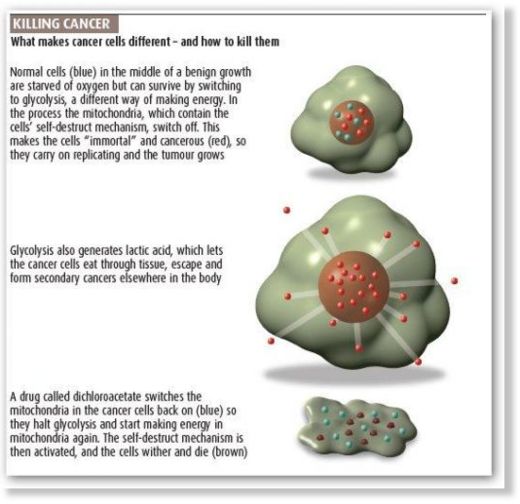

http://www.insideline.com/aston-martin/aston-martins-sexy-new-cell-phone.html
Aston Martin's Sexy New Cell PhonePublished Mar 29, 2011
Poor So-So Pretty Good Good Excellent PoorSo-SoPretty GoodGoodExcellent8 Ratings 8 RatingsJust the Facts:
In partnership with Mobiado, the Canadian luxury-phone maker, Aston Martin offers a glimpse at a dazzling new high-tech Android mobile phone.
The device consists of a transparent touchscreen made from a solid sapphire crystal, with the electronics built into the platinum sides.
The phone is designed to integrate with various vehicle functions, from the power door locks to the GPS nav system, and to provide onboard wireless connectivity to a variety of social networking sites, including Facebook, Twitter and FourSquare.
BASEL, Switzerland — Aston Martin, in partnership with Mobiado, the Canadian luxury-phone maker, is offering a glimpse at a dazzling new high-tech Android mobile phone that would look completely at home on the Starship Enterprise.
Debuting at BaselWorld, the world watch and jewelry show, the new CPT002 Aston Martin Concept Phone is meant to whet consumers' appetites for the new Mobiado/Aston Martin mobile-phone collection that is slated to go on sale in May.
To say the CPT002 concept phone is high-tech doesn't begin to do this communications gadget justice.
The most sensational feature of the phone is a see-through capacitive touchscreen made from a solid sapphire crystal that displays the usual Android icons when in use, but is otherwise virtually transparent when powered down. The phone's electronics, battery and SIM card are built into the platinum sides.
Mobiado envisions a device that will integrate itself with various functions on your Aston Martin, from the power door locks and the safety hardware to the GPS nav system.
The CPT002 also is designed to provide in-vehicle wireless connectivity to a variety of social networking sites, including Facebook, Twitter and FourSquare, automatically updating your social-media accounts with your current location (from the GPS) plus images from the car's onboard cameras.
Inside Line says: Unfortunately, there doesn't seem to be any near-term plan to produce this exotic phone, whose purpose, according to Mobiado, is "to push the boundaries of invention, allowing concept ideas to be identified for future production designs." — Paul Lienert, Correspondent




